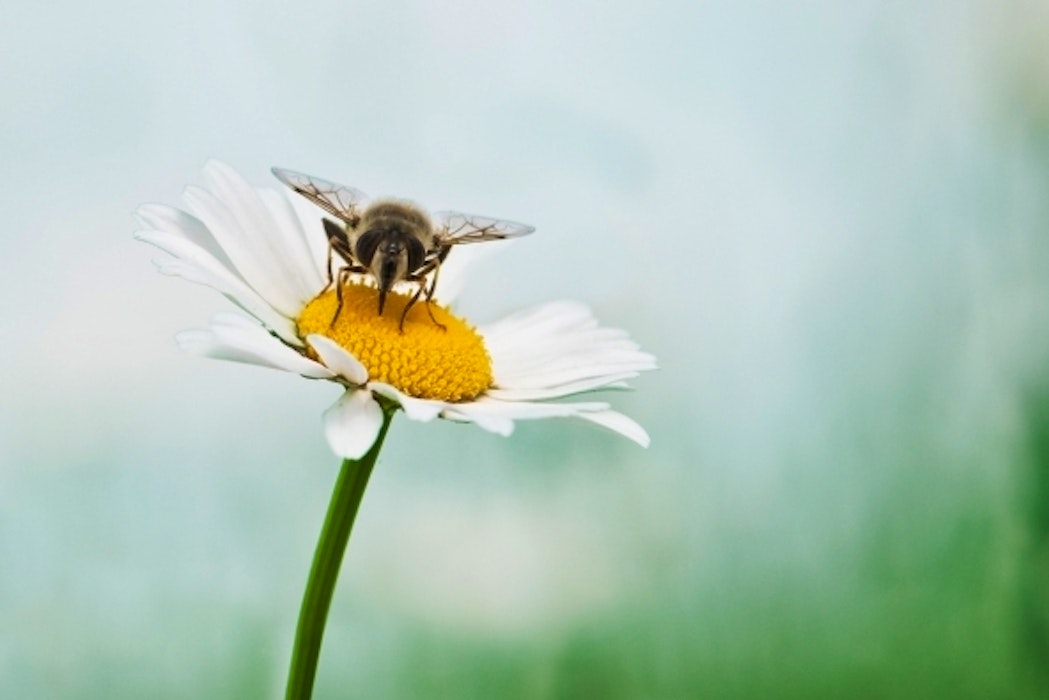Ask a Naturalist: What do animals do in spring?
Discovery Place Nature

Queen Charlotte isn't the only one looking forward to spring! This season is an exciting time for humans and animals alike.
The change of seasons brings warmer temperatures and more sunlight for longer periods. This difference from the winter season of cold and short days triggers physical and behavioral changes in many living things.
The increase in temperature causes many plants to grow much more quickly, creating more food for most animals.
Many flowering plants switch into high gear in response to increased sunlight conditions, growing their reproductive systems, flowers. These flowers tempt animals like insects with the promise of an easy meal.
While the animals gather nectar, they also pick up pollen and, as they move from flower to flower, they spread the necessary cells that the plants need to reproduce and create their own offspring, encapsulated in seeds within fruits.
After they’ve created fruits, many plants drop them. While some animals ingest seeds for energy, others only eat the fleshy portion of the fruit and carry it off to other places.
This strategy allows the plants to spread their offspring over a much wider area than wind or other physical elements would provide. In this way, the plants and animals depend on one another to survive.
Many reptiles rest throughout the winter. With spring on its way reptiles will soon be active again! In the Charlotte area, it may seem that snakes appear from nowhere in our yards during this time. As they warm up, many species mate and then go their separate ways for the rest of the year.
Birds are familiar symbols of spring in many cultures. Nearly all species of birds in this area begin nesting in this period of bounty. The newly available fruits and seeds, uptick in insect populations and increased vegetation provide the energy necessary for females to develop eggs and then guard nests until the offspring can fledge.
For carnivorous birds, the new offspring of other species supplements their food sources and allows them to feed their chicks.
Many mammals mate in the fall and maintain their generally longer pregnancies throughout the winter before giving birth in the spring.
Familiar species such as deer, bears, foxes and squirrels use this strategy to ensure that their babies are born when resources are plentiful and that they are less active when pregnancy makes them slower and less able to hunt and defend themselves.
Most species of birds and mammals in our area seek out mates that will aid them in some way during the process of reproduction.
Animal fathers may guard shared territories, bring back food, help build dens or nests, and assist with keeping babies safe. Or they may only pass on their genes and then move on. It just depends on the species.
There’s a lot to observe out there as the days warm up. Get out there into nature and witness the beautiful renewal that the spring season brings!
And don't forget to join us Saturday, March 19, for Spring Fling to learn more about what's hopping, hatching, blooming or buzzing this time of year.
By Erin Fisher, Naturalist


